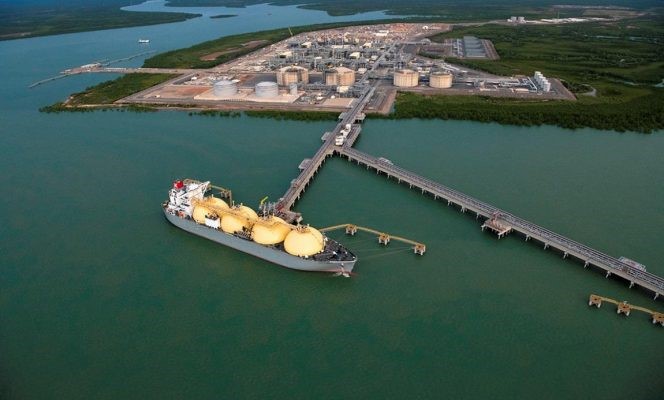PIANC MarCom Working Group 153B (“Recommendations for the Design and Assessment of Marine Oil, Gas & Petrochemical Terminals”) recently gathered over three productive days at the Oil Companies International Marine Forum (OCIMF) in London to progress development of their report.
The group includes a wide variety of industry experts from oil and gas operating companies, port authorities, engineering consulting firms, equipment suppliers and research institutes.
The group also has broad international coverage, with members representing the Netherlands, Belgium, Spain, the United Kingdom, France, Norway, the United States, Canada, the United Arab Emirates, Kazakhstan, Japan, China and Australia.
Australian representation is being provided by Rodney Hancock, who chairs the Young Professionals Commission in Australia & New Zealand, as well as Alistair Traylen (independent consultant).
The subject matter of the working group is very topical, with significant development and innovation taking place in the LNG industry. The report is also particularly relevant to the industry in Australia, which recently surpassed Qatar as the world’s largest exporter of LNG. With ten LNG export facilities now operating, Australia’s combined nameplate capacity is approximately 88 million tonnes per annum.
Rodney Hancock reports that Working Group 153B is targeting publication in Q3 2021, including review periods for OCIMF and MarCom. Upon completion, the updated report will provide guidance to owners and designers of oil and gas terminals worldwide. The guidelines will also aid countries in transition since compliance with the standards will result in improved safety and environmental protection, taking advantage of the collective knowledge of the developed countries and major global stakeholders.[vc_single_image image=”7670″ img_size=”large” add_caption=”yes” alignment=”center” title=”Australia’s LNG Projects and Gas Basins”]Image Source: Department of Industry, Innovation and Science; Resources and Energy Quarterly, March 2019
Background:
In September 2016, Working Group 153 published “Recommendations for the Design and Assessment of Marine Oil & Petrochemical Terminals”. This document explicitly excluded gas terminals from the scope since it was believed to add unnecessary complexity to an already ambitious undertaking.
Shortly after publication, PIANC agreed to a continuation of the Working Group (153B) to include gas terminals in the scope of the document while also making other updates. New Terms of Reference were issued in February 2017, and the first meeting of the new Working Group 153B commenced in September 2017.
The main objectives for Report No. 153B are to:
• Add gas terminals to the scope of the document
• Update the document based on feedback received from users on WG153
• Add design guidance for additional countries/regions beyond the EU and USA
The Report is an ambitious effort that establishes comprehensive guidance including the following subjects and disciplines:
• Structural, coastal, geotechnical, seismic, mechanical and electrical engineering
• Functional requirements and basis of design development
• Risk and hazard analysis
• Scoping and layout
• Mooring and berthing
• Construction materials and selection
• Equipment
• Fire protection
• Inspection and assessment
Upon completion, the updated document will provide guidance to owners and designers of oil and gas terminals worldwide, to facilitate the protection of public health, safety and the environment.
Climate change is an important consideration in the planning and design of coastal infrastructure and civil engineering projects. The WG153 document addressed this issue through guidance on risk assessments during the establishment of site conditions and in the Basis of Design. The updated WG153B document will retain and enhance such guidance as appropriate.

